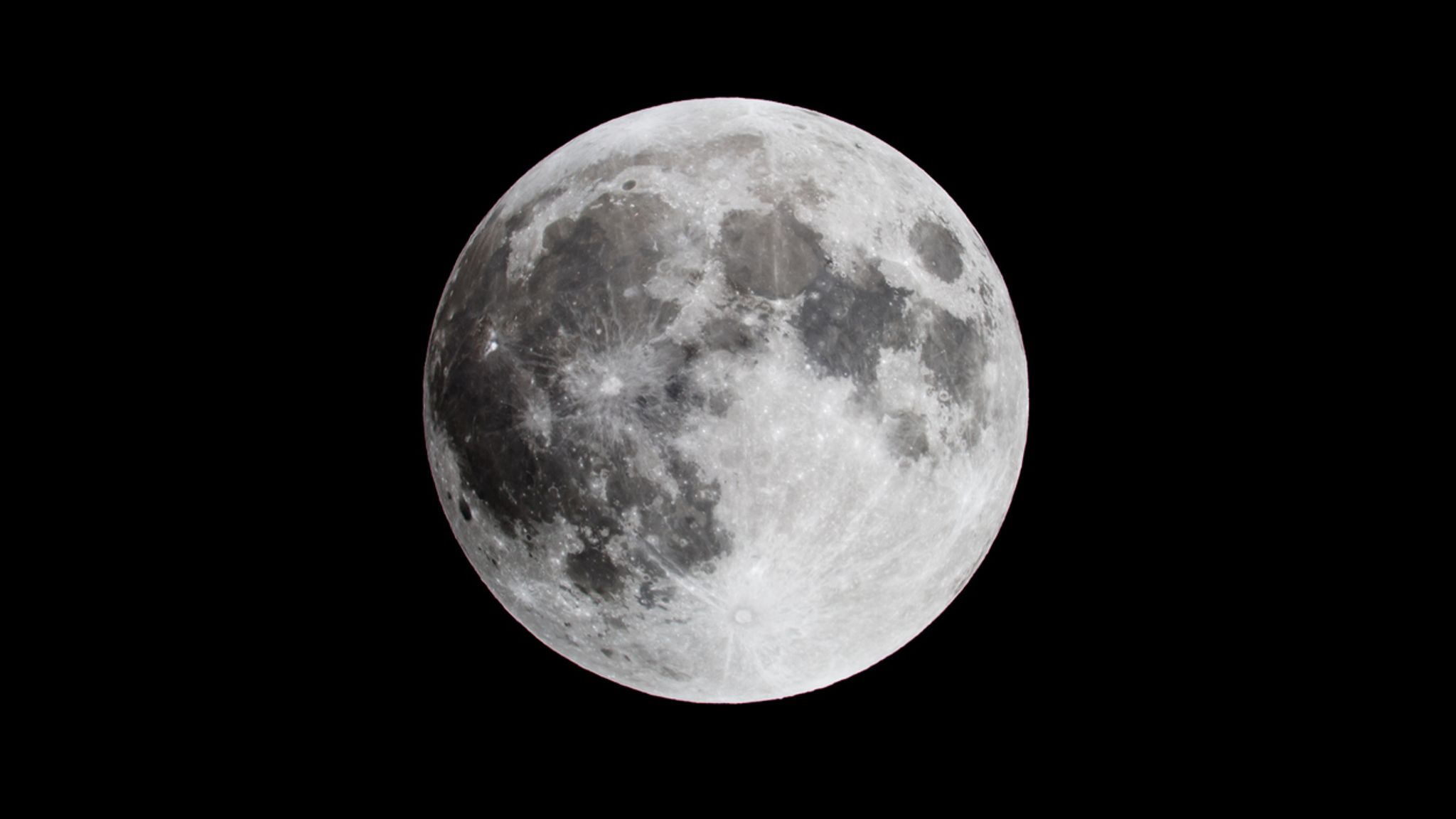NASA’s Vision for Lunar Colonies by 2040
NASA’s ambitious plan to establish human settlements on the moon by 2040 has captivated the imagination of scientists, engineers, and dreamers worldwide. The Artemis program, a comprehensive initiative by the US space agency, charts a course for humanity’s significant leap beyond Earth, envisioning sustainable habitats on the lunar surface.
Lunar Homestead: Blueprint for the Future
At the heart of the Artemis program lies the Lunar Homestead project, a groundbreaking endeavor focused on developing the architectural framework for habitable structures on the moon. With the goal of facilitating prolonged human presence and scientific exploration, this initiative calls upon scientists and engineers to design innovative lunar constructions and devise methods for resource access crucial to survival.
Engineering Marvels for Lunar Living
Creating habitable structures on the moon demands groundbreaking engineering solutions. These structures must withstand the moon’s harsh conditions, including extreme temperatures, micrometeorite impacts, and cosmic radiation. To achieve this, NASA is turning to cutting-edge technologies and advanced materials.
Lunar Resources as Building Blocks
NASA envisions utilizing the moon’s soil-like substance, lunar regolith, as a primary construction resource. The plan involves employing 3D printing techniques and robotic systems to bind regolith, forming protective shields around habitats. These structures will serve as insulation against temperature fluctuations and provide vital protection from harmful radiation, ensuring the safety of lunar inhabitants.
Challenges and Solutions
While NASA faces challenges, including the lack of a robust rocket for lunar construction, the space agency is adopting a step-by-step approach. The iconic rocket used in the Apollo missions is no longer in production, prompting the need for new solutions. NASA’s plan unfolds with sustainable human presence on the moon by the mid-2020s, laying the groundwork for habitats and foundational infrastructure.
Month: Current Affairs - December, 2023
Category: Science & Technology Current Affairs






